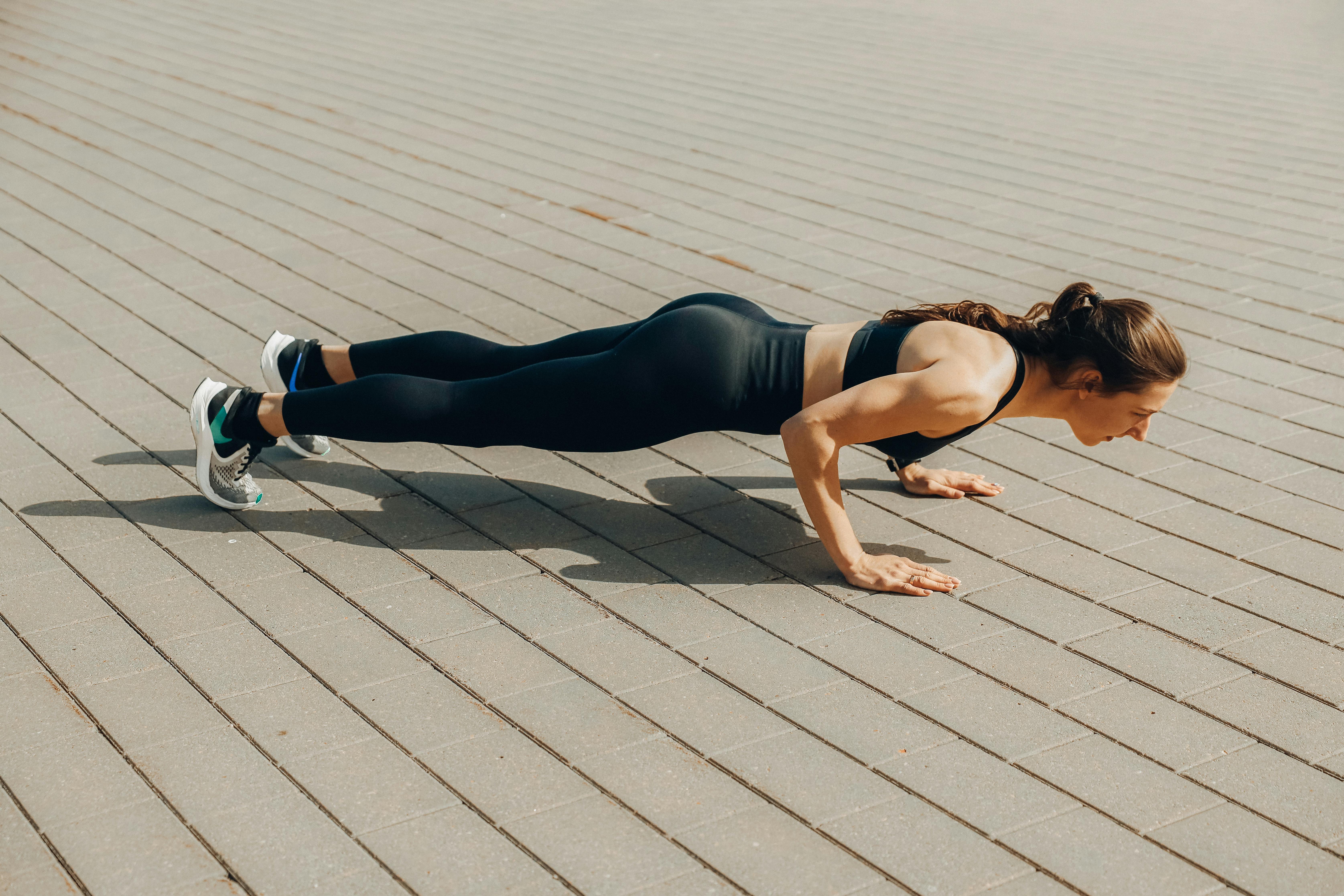
Best Bodyweight Circuits for Strength and Stamina at Home
Every room in your home can become a personal workout area when you try a bodyweight circuit routine. Using only your own body and some open floor space, you can challenge your muscles, boost your endurance, and burn off calories. These routines mix strength exercises with bursts of cardio, keeping each session dynamic and interesting. You never need fancy equipment or a gym membership to get a solid workout; just a few minutes and dedication are enough. By blending different moves together, you remain focused and energized, making it easier to stick with your fitness goals and enjoy every session from warm-up to cool-down.
Advertisement
You don’t need fancy gear or a gym membership to see real gains. Research shows circuit-style workouts can increase calorie burn by up to 20 percent compared to traditional strength or cardio sessions. Ready to dive in? Let’s explore the key moves, sample plans, and safety guidelines that will keep you moving strong.
Advantages of Bodyweight Circuits
Your muscles adapt faster when you combine resistance moves with short rest periods. Alternating push-ups, squats, lunges, and planks challenges multiple muscle groups at once. That promotes muscle growth and endurance in less time.
Circuits also boost your heart rate. Even in a small space, you’ll feel the burn as blood pumps faster. This improves cardiovascular health and increases stamina for everyday tasks, from carrying groceries to climbing stairs.
Must-Do Bodyweight Exercises
Begin with a balanced set of moves that target all major muscle groups. Keep each exercise simple but focus on proper form rather than speed. Here’s a solid starting point:
• Squat: Stand with feet shoulder-width apart, push hips back, lower until thighs are parallel. • Push-up: Hands under shoulders, body in a straight line, lower chest to the floor. • Lunge: Step forward, bend both knees to 90 degrees, then push back to start. • Plank: Rest on elbows under shoulders, tighten your core, and hold a straight line from head to heels.
Once you feel confident, add variations. Narrow push-ups target your triceps more. Jump squats add explosive power. Side planks strengthen your obliques. Mix these up to keep your muscles challenged.
Use a simple timer or a free app like Tabata to track your intervals. That way, you focus on each repetition instead of counting seconds in your head.
Sample Circuit Routines
Choose one of these four-minute routines to begin with. Warm up with light jogging or jumping jacks for five minutes before starting. Perform each station for 45 seconds, rest for 15 seconds, then move to the next. Complete three rounds.
- Squat jumps
- Push-ups
- Alternating reverse lunges
- Mountain climbers
- Plank with shoulder taps
Next, try a routine focusing on upper-body strength:
- Tricep dips on a chair
- Decline push-ups (feet elevated)
- Inchworm walkouts
- Diamond push-ups
- Plank to downward dog
For full-body endurance, rotate through these exercises:
- Burpees
- Walking lunges
- High knees
- Side-to-side squat steps
- Hollow body holds
Adjust the moves based on your focus. You can also set the work periods to 30/30 or 60/30 for a more intense or gentler pace.
Tips to Build Strength and Endurance
- Start with a small volume. Work up to three or four rounds over two weeks.
- Keep track of your workouts. Record repetitions and rest times to monitor your progress.
- Eat a balanced snack with protein and carbs about 60 minutes before training.
- Drink plenty of water. Even mild dehydration can reduce performance by 10 percent.
- Change the order of exercises regularly. Varying your routine helps prevent plateaus.
- Incorporate mobility work. Spending five minutes on stretching or foam rolling prevents tightness.
By paying attention to your pace and rhythm, you will learn to push through fatigue without losing proper form. This skill carries over to daily life, making physical tasks feel easier.
Safety and How to Progress
A safe routine begins with a proper warm-up and cool-down. Spend at least five minutes doing dynamic stretches before your circuits and five minutes doing static stretches afterward. This approach reduces injury risk and speeds recovery.
Observe how your body responds. If you experience joint pain, reduce repetitions or swap high-impact moves for lower-impact alternatives. Always prioritize control over speed, especially when tired.
Increase your difficulty gradually. When completing three rounds of 45 seconds each move feels manageable, extend to four rounds or increase work intervals to 60 seconds. You can also add a weighted vest or backpack filled with books to increase resistance.
Rest days are essential. Schedule at least one full day off weekly or replace circuits with a gentle yoga session or a brisk walk to help muscles recover and restore energy.
Bodyweight Exercise Variations Without Equipment
If you prefer to avoid gear, try these modifications:
- Pistol squat to a chair: Strengthens one leg and improves balance.
- Decline push-up with feet on a step: Targets your upper chest more effectively.
- Reverse plank leg lifts: Activate glutes and hamstrings.
- Commando plank (elbow to hand plank): Improves shoulder stability.
- Bicycle crunch with paused holds: Enhances your core control.
Combine two or three of these variations into a short circuit for a new challenge. Keep rest periods brief to maintain your cardio intensity.
You can build a stronger, more resilient body from your living room. Follow these routines to improve your strength and endurance. Your best self is within reach.
Advertisement